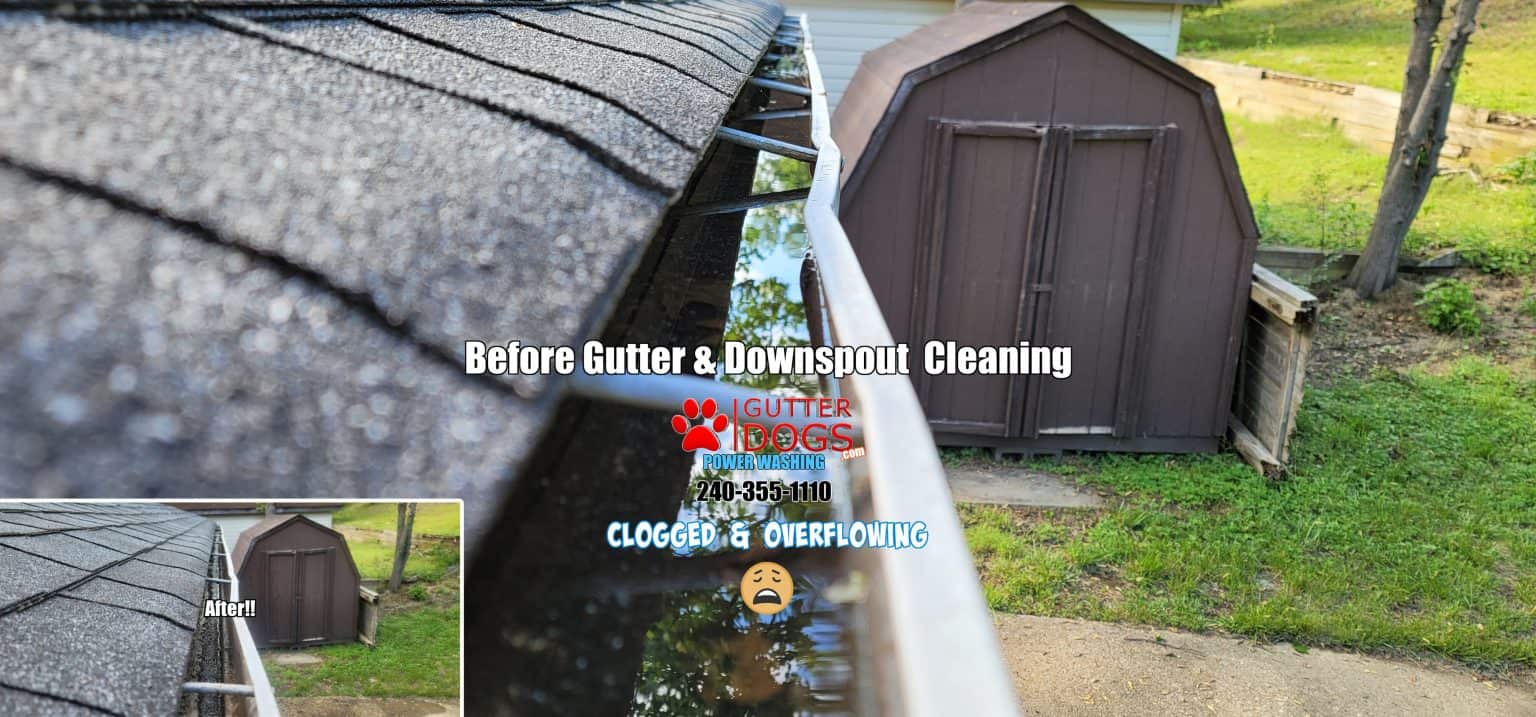Precision engineering involves the creation of intricate components with meticulous accuracy. Custom flanges, vital in various mechanical systems, require careful design to meet specific requirements. Designing custom flanges involves a systematic approach that combines technical knowledge with precision planning. Here’s a comprehensive step-by-step guide to help engineers create tailored flanges for precise engineering applications.
Understanding Flange Requirements
The initial step in designing custom flanges is understanding the application’s specific needs. Consider factors like pressure ratings, temperature variations, material compatibility, and load-bearing capacities. Analyze the system where the flanges will be integrated to ascertain dimensions, including bore sizes, bolt patterns, and Alloy Steel Flanges sealing methods.
Material Selection
Selecting the appropriate material is crucial for custom flange design. Factors such as corrosion resistance, mechanical properties, and temperature tolerance should guide material selection. Common materials include stainless steel for its durability and corrosion resistance, carbon steel for its strength, and alloys for specialized applications. Consult material compatibility charts to ensure suitability for the intended environment.
Flange Design Parameters
Accurate measurements are fundamental to the design process. Begin by determining the required dimensions and specifications based on the application’s needs. Utilize CAD software to create detailed designs that encompass critical parameters like outer diameter, bolt hole patterns, thickness, and facing type. Ensure compliance with industry standards like ASME, ANSI, or DIN to guarantee interoperability.
Stress Analysis and Load Calculation
Perform a stress analysis to evaluate the flange’s structural integrity under operational conditions. Consider factors such as internal pressure, external forces, and temperature fluctuations. Use simulation software to assess stress distribution, allowing for adjustments to prevent potential failure points. Calculate load requirements to select suitable bolt sizes and quantities to withstand anticipated pressures.
Gasket Selection and Sealing Mechanism
Choose gasket materials that complement the flange design and system requirements. Factors such as temperature, pressure, and media being transported dictate gasket material selection. Explore options like rubber, graphite, PTFE, or metal gaskets for optimal sealing. Design the flange surface finish to accommodate the chosen gasket type, ensuring a secure and leak-free joint.
Prototype Development and Testing
Before mass production, create a prototype based on the finalized design. Use precision manufacturing techniques like CNC machining or forging to fabricate the prototype. Conduct rigorous testing involving pressure, temperature, and load simulations to validate the prototype’s performance. Identify any design flaws or weaknesses and refine the design accordingly.
Documentation and Compliance
Accurate documentation is vital in custom flange design. Create comprehensive technical drawings, including material specifications, dimensional tolerances, and manufacturing instructions. Ensure compliance with industry standards and regulations to guarantee safety and reliability. Document all design iterations and testing results for future reference and continuous improvement.
Manufacturing and Quality Control
Once the design is finalized and approved, proceed to manufacturing while maintaining strict quality control measures. Collaborate with experienced manufacturers equipped with precision machining capabilities. Implement quality checks at every stage of production to verify dimensional accuracy, material integrity, surface finish, and adherence to design specifications.
Installation and Maintenance Guidelines
Provide detailed installation guidelines to ensure proper fitting and sealing of the custom flanges. Include torque specifications for bolt tightening, gasket installation procedures, and alignment instructions. Additionally, offer maintenance recommendations to extend the flange’s lifespan, such as periodic inspections, gasket replacements, and surface refinishing if necessary.
Conclusion
Designing custom flanges for precision engineering demands meticulous planning, precise measurements, and adherence to industry standards. Engineers must consider various parameters, including material selection, stress analysis, and sealing mechanisms, to ensure optimal performance and reliability. Following this step-by-step guide enables engineers to create tailored flanges that meet specific application requirements, contributing to efficient and dependable mechanical systems.
Top of Form




